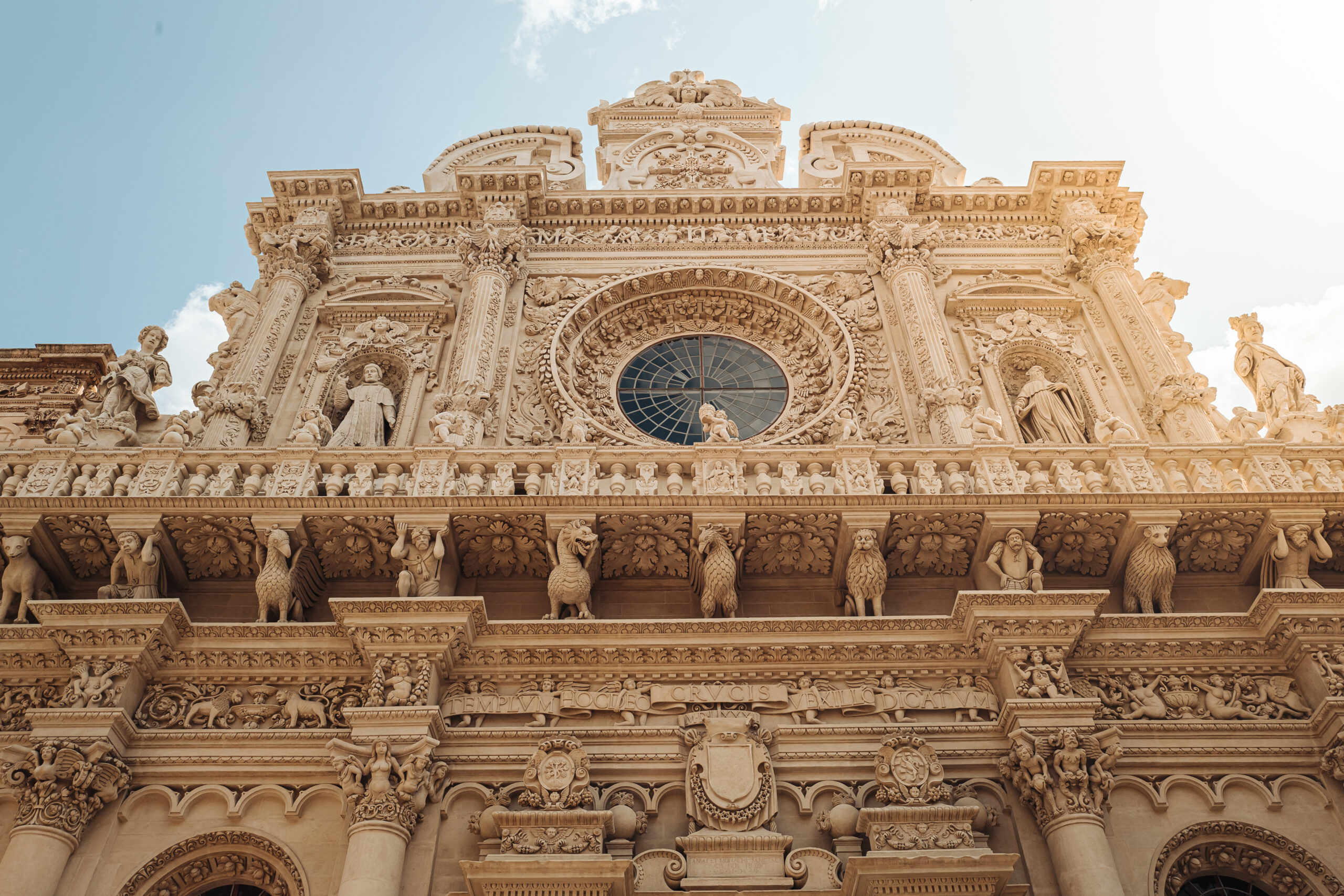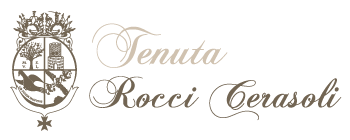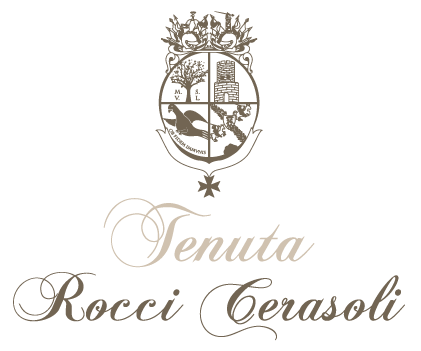
The Baroque: History, Art and Magic of an Unmissable Period
The Baroque, a period rooted in the late 1500s and early 1700s, represents one of the most fascinating and significant artistic eras in Western art history. This style originated in Italy, in a post-Renaissance context characterized by profound social and cultural changes. Its peculiarities include emotional intensity, decorative richness, the play of light and shadow, and the spectacular use of materials, which uniquely define this historical phase.
Baroque in Apulia: An Architecture that Tells History
The Baroque in Apulia developed especially in the late seventeenth and early eighteenth centuries, during a period of strong urban and economic growth under the rule of the Kingdom of Naples. The Church, with its powerful religious and political influence, was the main patron of art, commissioning the construction of churches, convents and palaces that celebrated the magnificence of Catholicism. Cities such as Lecce, Taranto, Otranto and Bari became places where the Baroque took shape in extraordinary works of art and architecture.
Masseria Rocci Cerasoli: A Fascinating Contrast between Nature and Baroque
Against the backdrop of this rich Baroque architecture, Masseria Rocci Cerasoli emerges as a shining example of how Puglia has combined the beauty of Baroque with rural nature. Located in the heart of the Salento countryside, the masseria represents a perfect balance between the unspoiled beauty of the landscape and historical elegance.
Baroque as the Witness of Apulia
Baroque in Apulia is not just an artistic style, but a cultural manifestation that tells the story of a land rich in tradition, spirituality and beauty. The churches, palaces and monuments that dot the region offer us a journey through time, where the energy and charm of Baroque continue to bear witness to the greatness of an era that left an indelible mark on the culture and art of Puglia.


